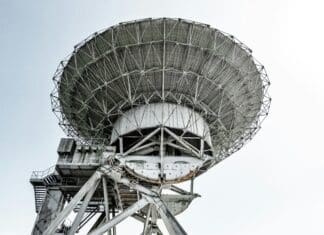This post is also available in:
 עברית (Hebrew)
עברית (Hebrew)
A new study from UCLA, published in Science, has revealed surprising parallels between how biological brains and artificial intelligence systems learn to cooperate. The research compares cooperative learning in mice with that of AI agents, offering new insights into how coordinated behavior develops in both natural and artificial systems.
According to TechXplore, using a controlled experimental setup, researchers trained pairs of mice to perform a task requiring close coordination: both animals had to take specific actions within a narrow time window—just 0.75 seconds—to earn a shared reward. As the mice practiced, their behavior evolved. They began waiting for their partner before acting, approaching each other’s side of the chamber, and engaging in brief interactions before decision-making.
Simultaneously, the team created virtual agents using multi-agent reinforcement learning. These AI agents were trained on a similar task in a simulated environment. Over time, the AI systems developed strategies that mirrored the mice’s behavior—such as waiting for a partner and synchronizing their actions.
Neural activity was recorded in the mice using calcium imaging, focusing on the anterior cingulate cortex (ACC), a region linked to social behavior. The findings showed that as mice improved at the task, their ACC neurons began to encode more information about their partner’s actions. When this brain region was inhibited, cooperative behavior declined significantly.
Interestingly, when researchers disrupted specific components of the AI’s neural network that had developed during training, the AI agents also showed a marked drop in cooperation. This points to the emergence of dedicated computational pathways for cooperation in both biological and artificial systems.
The parallel learning patterns between the two systems suggest that cooperation may follow core principles that are not limited to living organisms. These insights could be valuable not only for neuroscience but also for improving the design of AI systems that interact with humans or other AI agents.
By bridging behavioral neuroscience and machine learning, the study underscores how shared dynamics across species and technologies can inform our understanding of complex social behaviors.


























